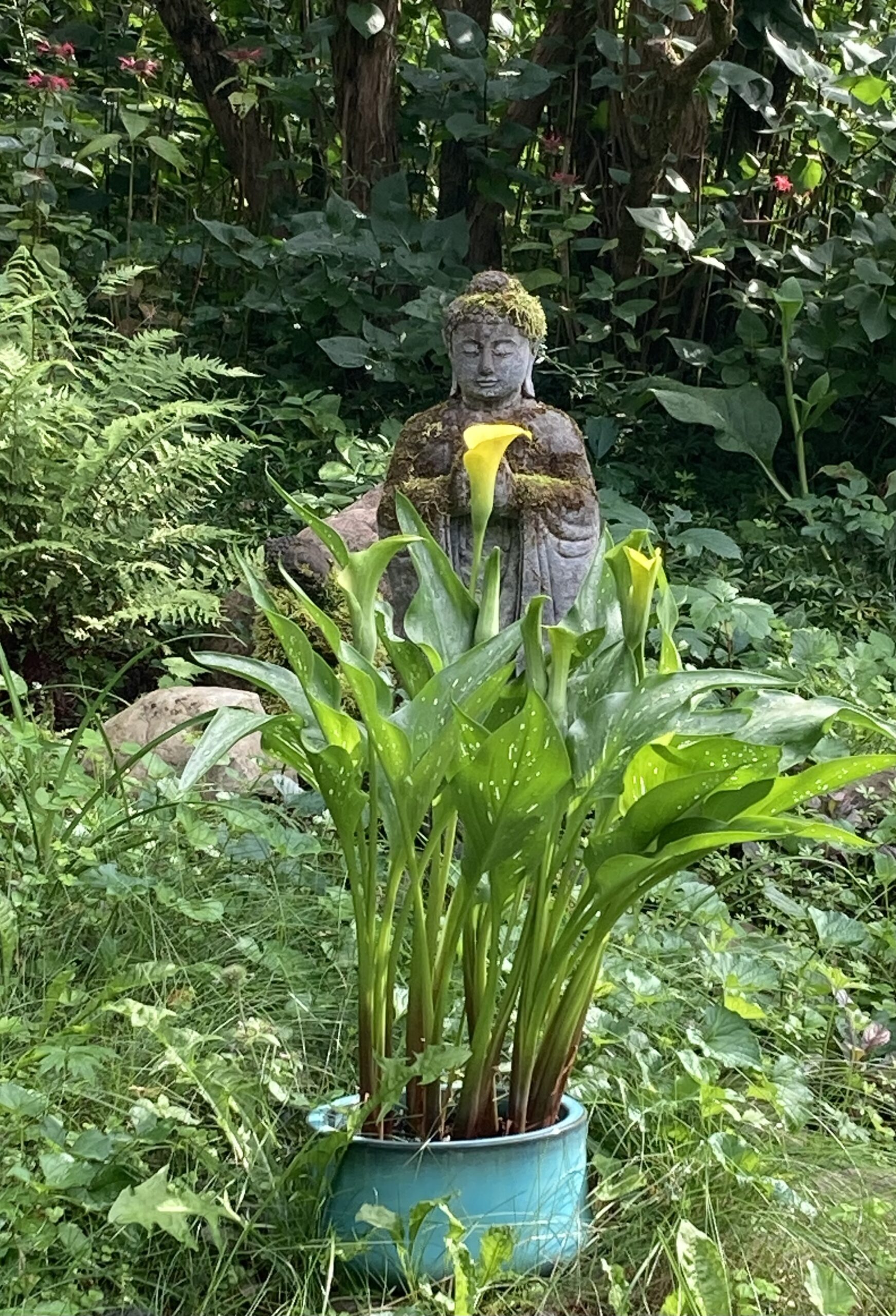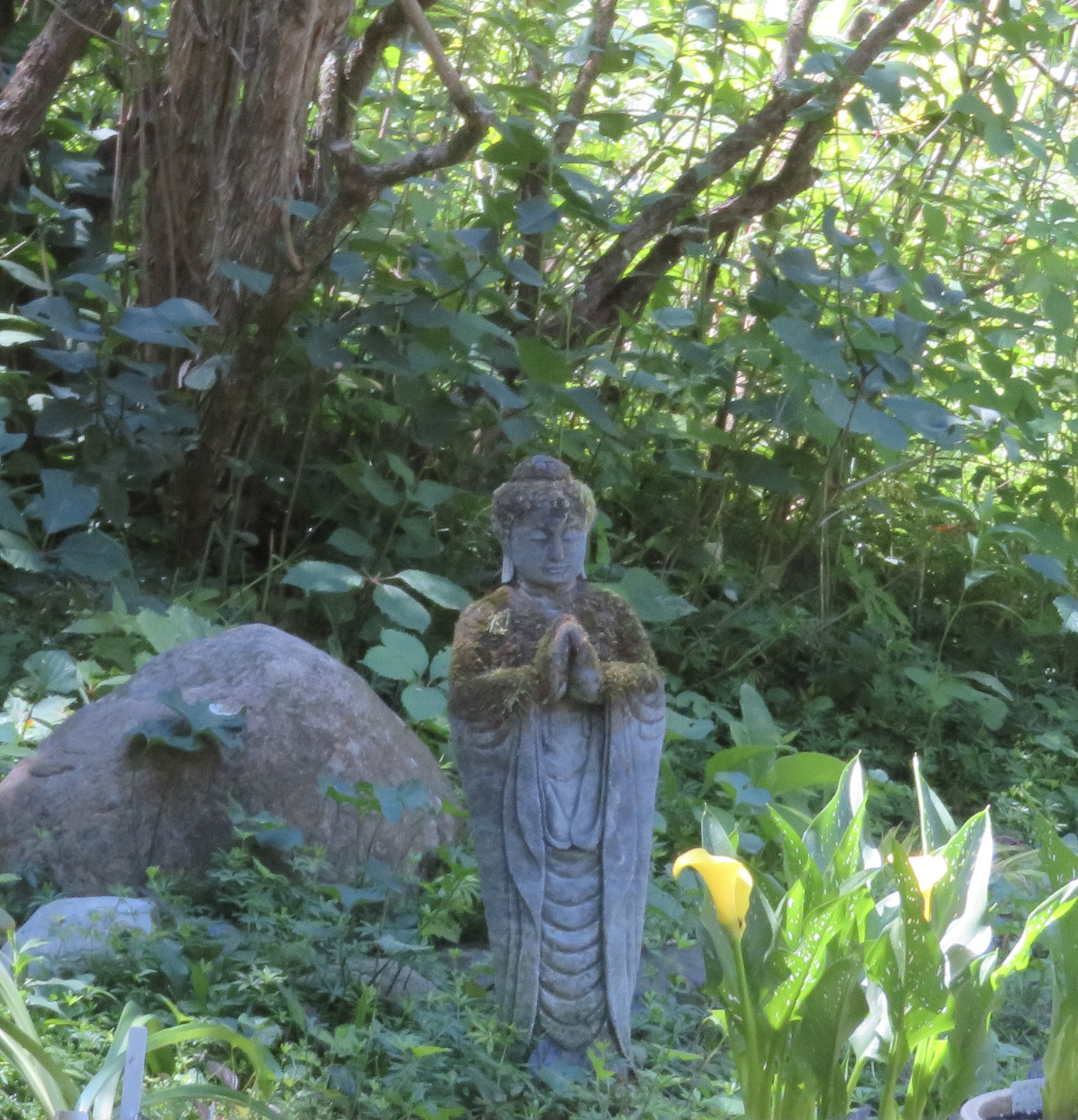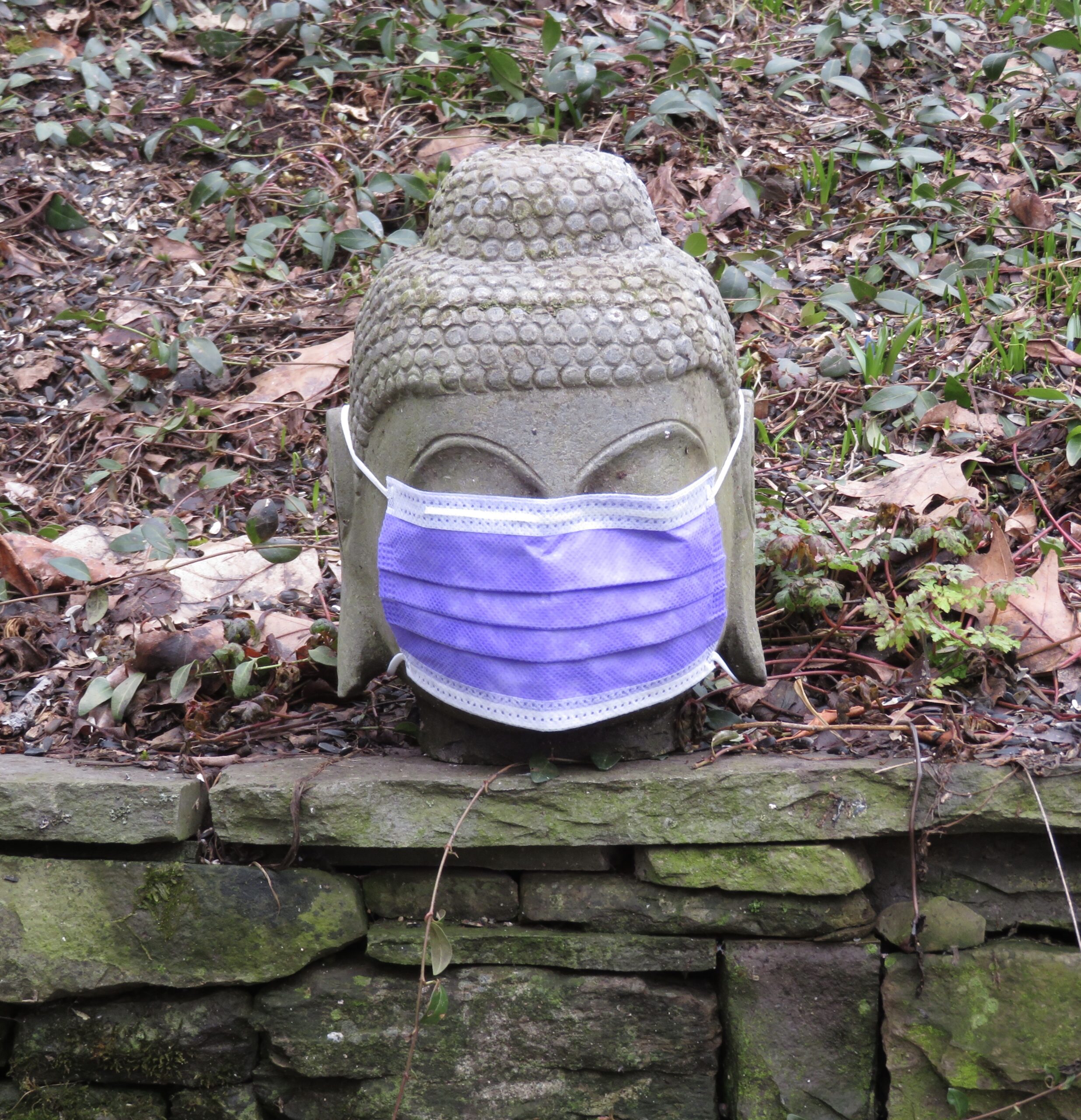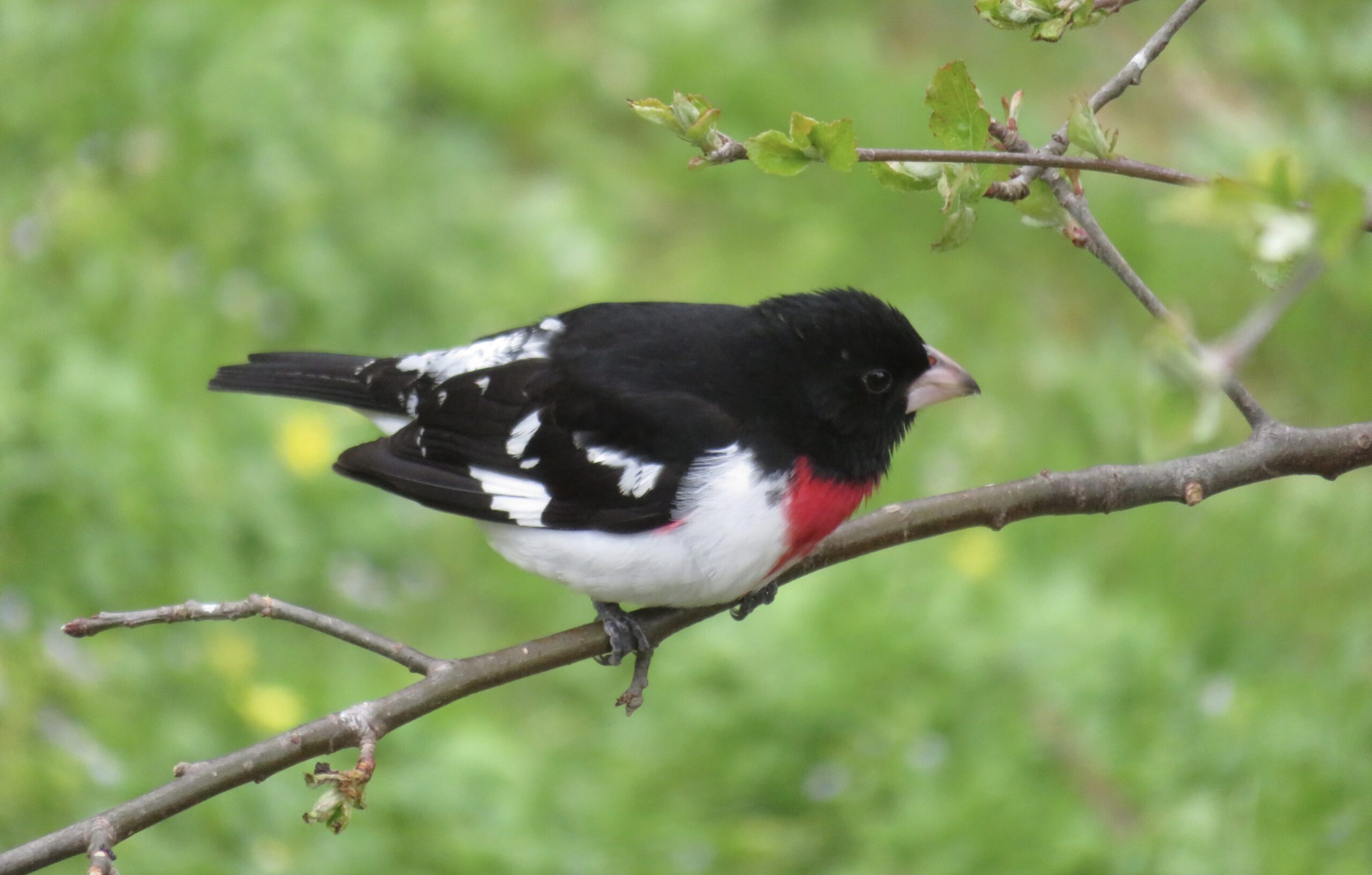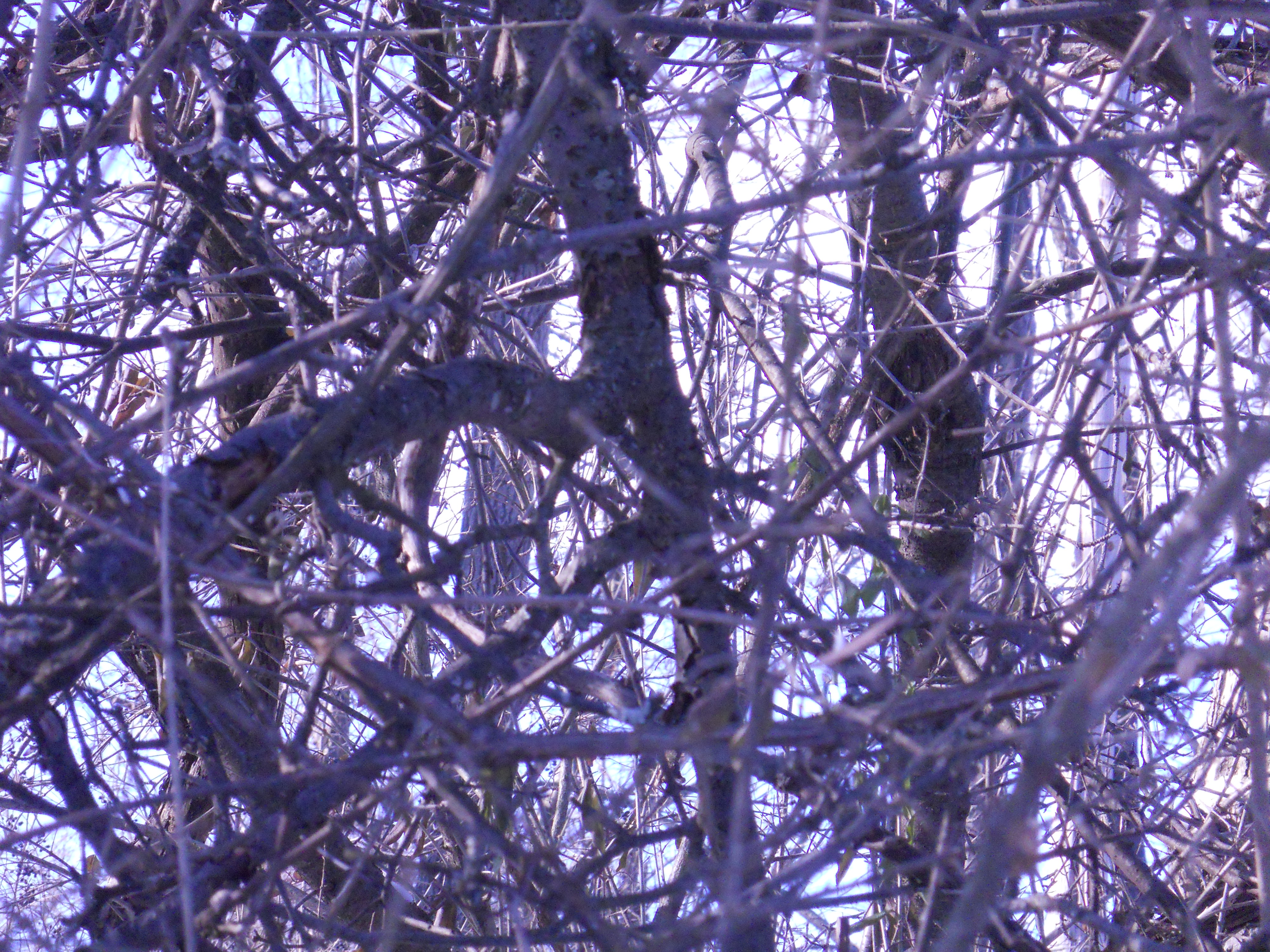Trust, such a common word. But such an important ingredient in a “good” life, a fulfilling life, a full life. But what is trust? What’s going on in ourselves and in our relationship with the world when we feel it? How do we even know it is what we feel?
In the introduction to poet David Whyte’s wonderful book, Consolations: The Solace, Nourishment and Underlying Meaning of Everyday Words, author and poet Maria Popova observes that words are not artefacts, not our possessions, not things, not static, but alive and always evolving. They feed on us as we feed on them; as we use them, we are used by them. In his book, she says, Whyte repatriates us in the land of language and thus repatriates us in ourselves.
For example, take the word courage. It tempts us to imagine bravely facing opposing forces in a military or physical or maybe even a political battle. And above all, to be seen as doing so. To reap the rewards.
But the roots of the word reach back to old Norman French, to coeur, heart. Courage is what we feel and show when we live life, relate to our community, to friends, with heart. To seat our feelings and actions deeply in our body and world. It is a type of love. Courage, Whyte says, is what love looks like when we’re tested by the everyday necessities of being alive and respond with caring, with surprise, with belonging. We realize an awareness of vulnerability is a necessity in taking a step forward. On the inside, it might seem like confusion. Only from the outside, or looking back, does it appear like courage.
And it seems to me, trust shares a related etiology. According to the Encarta: World English Dictionary, its roots are in the Old Norse traust, meaning confidence, and treysta or trust. And even further, to an Indo-European base, meaning to be solid, which is the ancestor of the English true, tryst, and tree. An interesting grouping. The word is normally used to mean confidence in and reliance on the good qualities, fairness, truthfulness, honor or ability of someone or something. It assumes responsibility, caring, even hope, or giving credit to somebody or something. It’s part of being daring. And maybe, it includes a bit of the love expressed in courage.
It’s such a wonderful thing to say, “I trust you”. At some times and places, trust was signified by a handshake. Pre-COVID (and hopefully, post-COVID), we might hug. We might say, someone is trusting, or worthy of trust. Just recently, I realized so much of my life depends on trusting myself. Even meditation requires trust, in the process, in ourselves.
When a thought arises in meditation or elsewhere, or a fear, or insight, we might respond by feeling jumpy or excited; our belly, hands, or leg muscles might clench. We feel life speeding up. And we think we can’t afford to miss this thought, can’t afford not to respond. We must shift our attention to it, shift our life to possess it. A sort of FOMO, or fear of missing out. For example, we might feel that if we don’t write it down or act on the thought right then, we’ll miss out on an opportunity, or we’ll forget and lose it. We won’t reap some reward or avoid some future disaster.
Just the moment by itself then becomes not enough for us. Life itself becomes not enough….
*To read the whole article, go to The Good Men Project.



